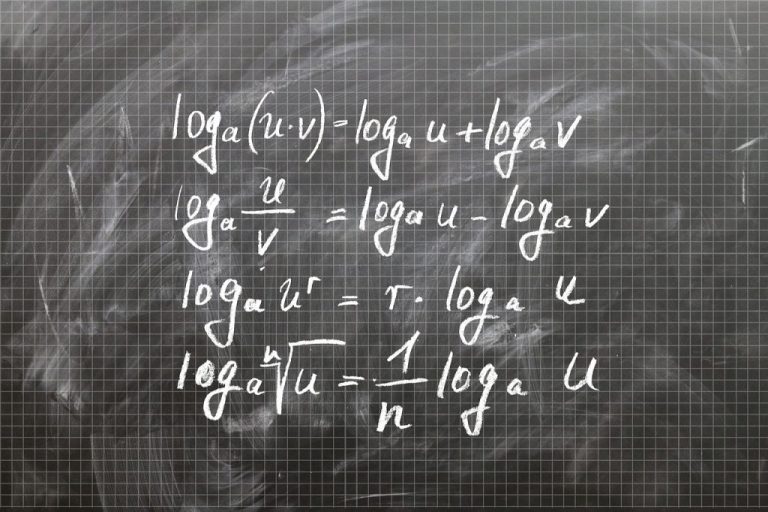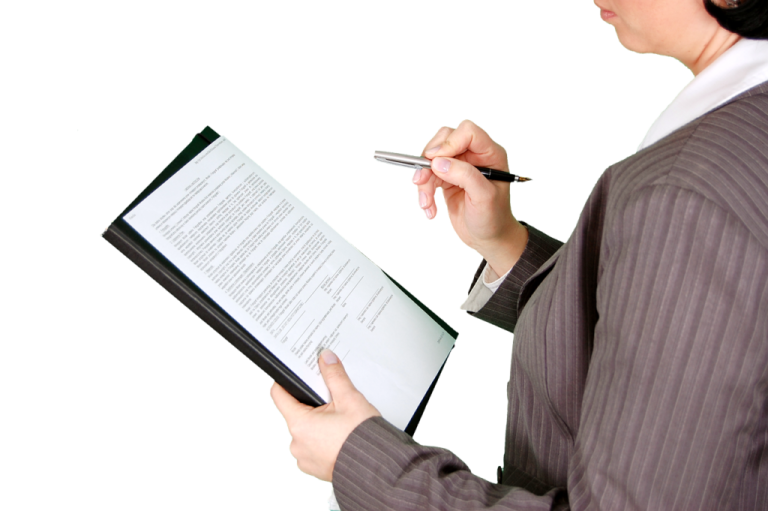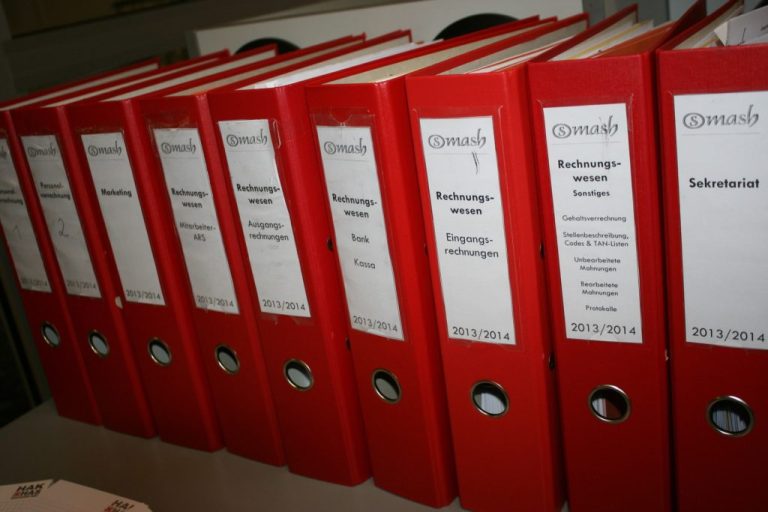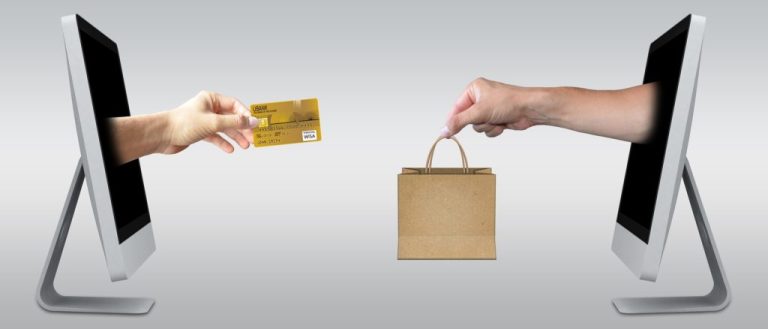There is not always a tool or measure ready to prove our point to the CRA advisor. This stems from the very nature of SR & ED work. We try to push boundaries, often undefined or unexplored. We must therefore use our creativity to create our measuring instruments.
Do not focus solely on the uncertainty of the product. Rather look at what is limiting the technological objectives, the methods and technologies required to resolve these uncertainties. Think how to measure the gap between these uncertainties and the standard practice.
No method is universal. And it is not a three pages’ article that will establish THE method. We are there, obvioulsy, to help you. But there is a minimum to meet the requirements of the CRA. Here are some suggestions to better identify and measure the gap to current technology and the progress of your work:
1- Define the technology adequately.
First of all, let’s start with the technologies involved. It is very easy to ill-define the technology, which can prevent us from defining our true uncertainty, what we are trying to add to it. For example, if I define my technology as the database management system, or the hydraulic pump system, the CRT can easily argue that this system has existed for a long time and that there is no technological challenge in designing a new pump.
Be more specific: what measured target does one want to reach or exceed? For example, in the management of the database, are we interested in how to improve the performance by 25% of the “blob” type of unstructured data? We need to measure our target before, during and after our experimental process and from several angles relevant to our experience (speed, number of records per second, transaction success rate, amount of data lost, etc.).
Same thing for the pump, instead of considering the whole pump, concentrate, for example, on the component under study, which limits the expected results. For example, this may be filtration, or holding the pressure.
2- Evaluate existing knowledge at the outset
We have then to connect with the rest of the planet. Are we the only ones or the first to see these limits or to try to overcome them? What are the known or studied approaches, how do we commonly solve the limit (s) encountered?
Example: List, summarize and count the number of:
– Research on this subject on Google,
– Relevant articles,
– Patent research on the subject,
– Alternative methods formulated elsewhere,
– Technologies similar for our needs and limitations,
– Components or solutions with potential to be explored,
– Analysis of external experts or technology providers,
– University studies,
– Etc.
3- Specify the relevant limits of technology or knowledge.
When the target technology is well positioned, it is necessary to specify why this part of the technology is of interest to us. This brings us back to specifying the technological limits we want to exceed. This technology has certain properties, allows certain transformations, etc., but it also has its limits, which can be translated into measurable units such as a maximum number of transactions per second, or a pressure per square centimeter, and so on.
By the way, when it is properly defined, this uncertainty may lead us to rename the project and its challenges according to technological objectives or methodologies rather than uncertainties of the product.
4- Quantify the objectives Vs standard practice
Also, the CRA requires that our technological objectives be quantified and clearly identified early in the project. Wherever possible, we must therefore measure our technologies at the beginning and our performance objectives. Let us compare them over time to existing performance standards or new ones that we will formulate. Let us keep track of them.
Example: Performance Targets 1: XXXXX
– Date
– Target
– Measuring units
– Conditions under which the test was carried out
– Measured performance
– Finding, uncertain variable 1,
– Finding, uncertain variable 2, etc.
– Results, Comments and Conclusions
5- Link research steps to specific uncertainties and measure the progress
Finally, parallel to these examples we define an experimental development process, its essential activities, and its stages. We clearly identify where we are trying to resolve uncertainties and what alternative assumptions are being analyzed. We then define relevant criteria and measure them. The existence of such measures clearly differentiates experimental SR & ED work from routine work.
Conclusion
In conclusion, there is no limit to your creativity to define original methods of measuring your technological progress. Similarly, there is no limit to cuts that the CRA can apply to an experimental project that is not well defined, documented and supported by adequate measures. The choice is yours.
And you what do you think about this ? Do you have any tips or ideas to share on measuring the progress of your work?
Did you like reading this? Tell us so. What should be added?
You did not your reading this? Tell us so. What should be corrected?
What topics are you interested in?









